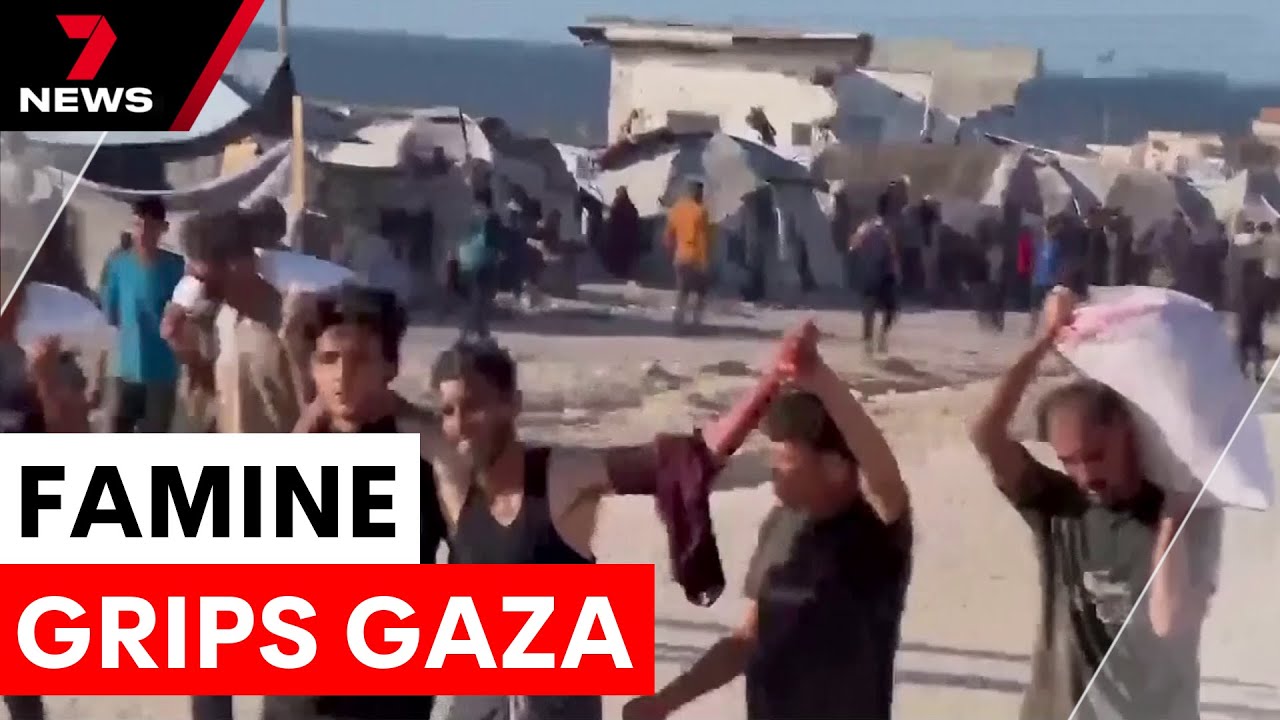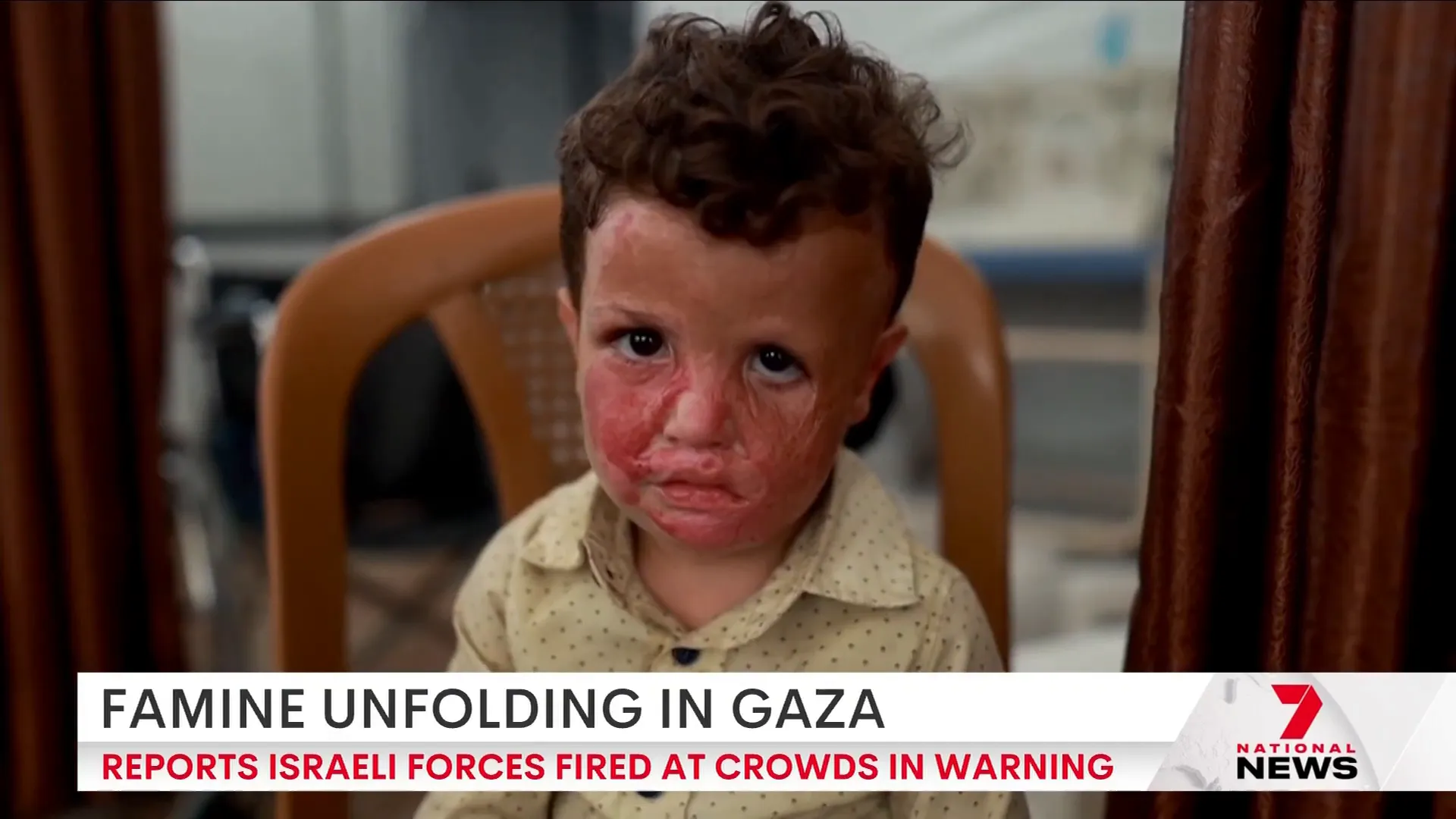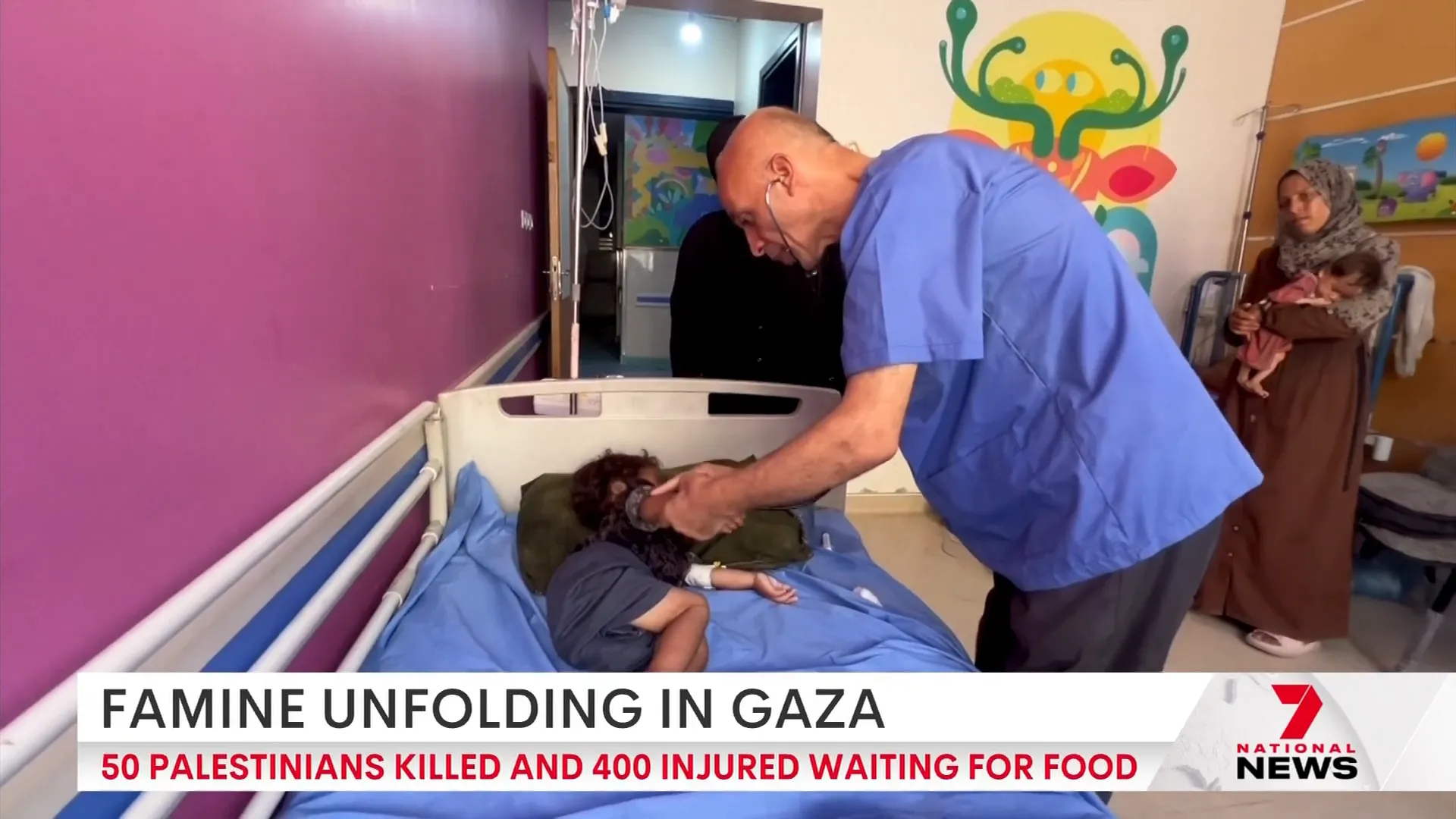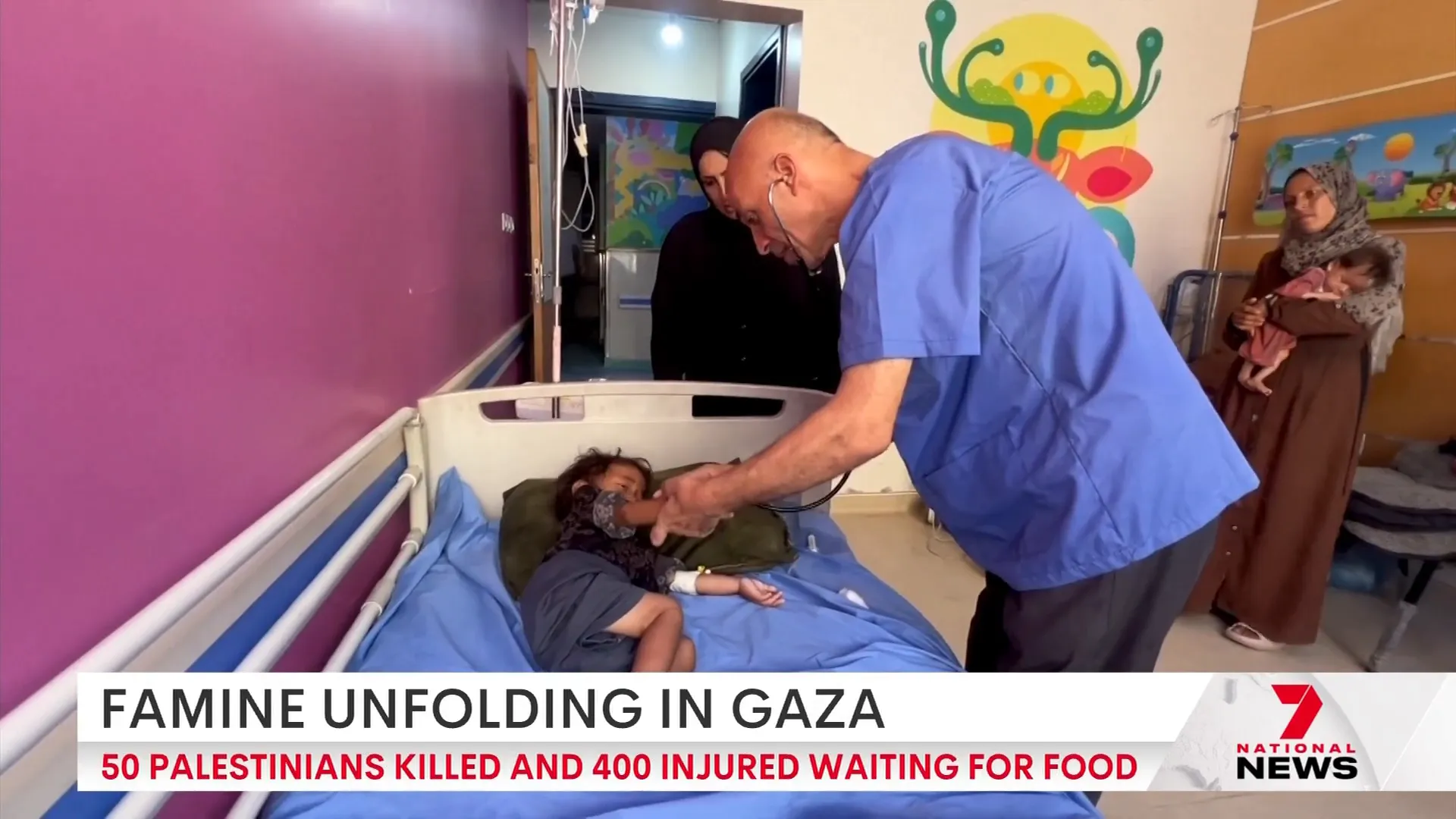Aug 1, 2025
Famine Continues to Worsen in Gaza: The Human Cost of Conflict

The humanitarian crisis unfolding in Gaza is reaching catastrophic proportions. As famine tightens its grip on the region, the desperate struggle for survival is becoming painfully visible, especially among the most vulnerable—children. This article draws on the powerful reporting by 7NEWS Australia to shed light on the ongoing famine, the impact on sick children, and the urgent calls for ceasefire and humanitarian aid.
Table of Contents
- The Deepening Famine and Its Consequences
- Sick Children Seeking Refuge and Treatment Abroad
- The Human Toll of Conflict and Starvation
- Challenges of Food Access Inside Gaza
- Conclusion: A Crisis Demanding Urgent Action
- Frequently Asked Questions
The Deepening Famine and Its Consequences
Gaza is currently facing a worsening famine that has brought its population to the brink of starvation. The scarcity of food and essential supplies has become a critical barrier to survival and recovery, particularly for those injured or ill during the ongoing conflict. Medical professionals on the ground are struggling to care for patients without adequate resources, and families inside Gaza are finding it increasingly difficult to secure even basic sustenance.
A US envoy is scheduled to visit Israel to discuss ceasefire measures and inspect the distribution of food supplies. This diplomatic effort underscores the urgency and gravity of the situation, as the famine not only threatens lives but also threatens to deepen the cycle of violence and suffering.
Sick Children Seeking Refuge and Treatment Abroad
Beyond Gaza's borders, some of the sickest children have been evacuated to Jordan, where they are receiving medical care and attempting to regain strength before undergoing treatment. These children represent a heartbreaking subset of the population—those who became ill during the war and now face the compounded challenge of recovering without sufficient nutrition.
One particularly poignant story is that of Noor, a thirteen-year-old girl diagnosed with lung cancer. Despite her own battle with illness, Noor’s greatest distress comes not from her diagnosis or the trauma of living in a war zone, but from the hunger she knows her family continues to endure back home in Gaza.
"I just ate a sandwich, and I was crying tears for my family back home who have nothing," Noor shared. "The hunger and starvation are a catastrophe. We were not like this."
This emotional testimony highlights a tragic reality: while some children have been fortunate enough to leave Gaza for treatment, many more remain trapped in conditions where starvation is a daily threat.
The Human Toll of Conflict and Starvation
The conflict has exacted a devastating toll on Palestinian lives. Israeli forces have reportedly fired shots in warning, yet these actions have resulted in the deaths of fifty Palestinians and injuries to over four hundred more—many of them children. Those who have been severely injured and are unable to recover without proper nutrition are among the few allowed to leave Gaza for medical treatment abroad.

Medical staff inside Gaza face impossible choices, forced to care for patients amid dwindling supplies and worsening hunger. For many, this is the first time they have had to evacuate casualties suffering from severe hunger, a grim indicator of how dire the situation has become.
"How long will this catastrophe continue? Is this an execution of children? Our kids are executed one after the other. Until when?"
These haunting questions reflect the anguish felt by families and health workers alike. The war’s relentless pace threatens to outlast the fragile lives of those caught in its grip.
Challenges of Food Access Inside Gaza
Every family spoken to by reporters has described the immense difficulty in sourcing food within Gaza. Supply restrictions imposed during the conflict have severely limited access to essential goods, exacerbating hunger and malnutrition. The situation is further compounded by the destruction of infrastructure and ongoing violence, which make distribution and aid delivery nearly impossible.

Medics recount that this is the first time they have encountered casualties evacuated explicitly due to severe hunger, a tragic testament to the scale of the famine. Meanwhile, doctors who remain inside Gaza continue to provide care under harrowing conditions, often without the necessary food or medical supplies to support their patients.

Conclusion: A Crisis Demanding Urgent Action
The famine in Gaza represents more than a lack of food—it is a humanitarian catastrophe that threatens lives, undermines recovery, and deepens the suffering caused by conflict. The stories of children like Noor, the accounts from medics, and the ongoing diplomatic efforts all point to a critical need for immediate and sustained intervention.
As international actors engage in ceasefire discussions and aid negotiations, the hope remains that the starvation and suffering gripping Gaza will soon be alleviated. Until then, the resilience and pain of its people serve as a stark reminder of the human cost of war.
Frequently Asked Questions
Why is there a famine in Gaza?
The famine is primarily caused by conflict-related restrictions on the movement of goods, destruction of infrastructure, and ongoing violence that disrupt food supply chains and humanitarian aid deliveries.
Who is being affected the most by the famine?
Children and the sick are the most vulnerable. Many children face severe hunger and malnutrition, which complicates recovery from injuries or illnesses.
What efforts are being made to address the crisis?
A US envoy is visiting Israel to discuss ceasefire measures and inspect food distribution channels, aiming to facilitate humanitarian aid and reduce violence.
Are sick children being treated outside Gaza?
Yes, some severely ill children have been allowed to leave Gaza for medical treatment in neighboring countries like Jordan, where they receive care and try to regain strength.
How can the international community help?
Support for ceasefire negotiations, increased humanitarian aid, and pressure to allow unrestricted access to food and medical supplies are critical steps to alleviate the crisis.



